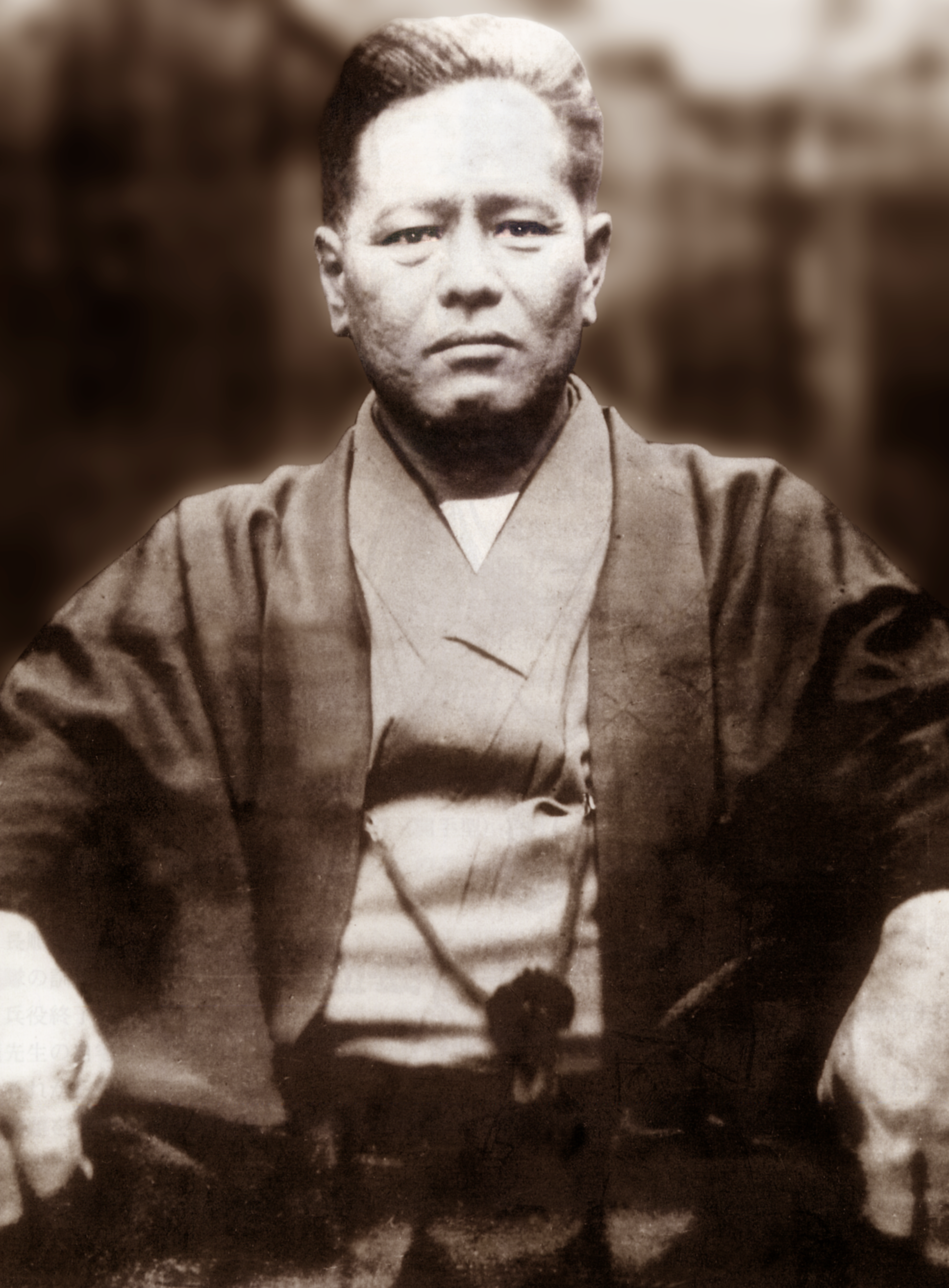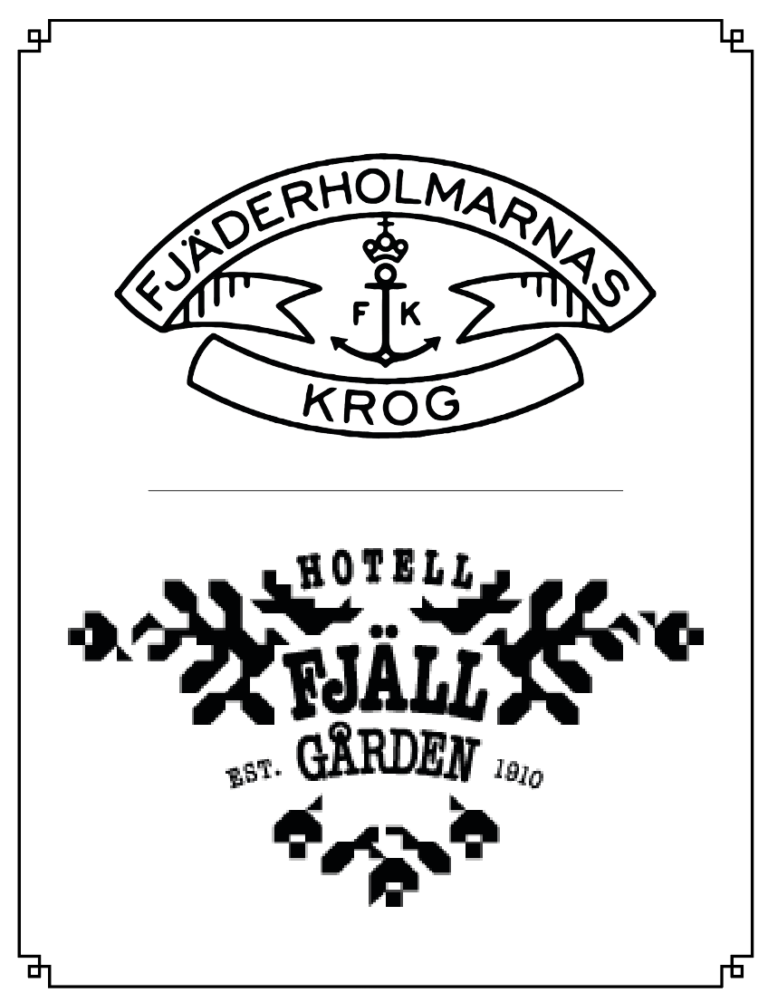History

A TIME TRAVEL
THE 6TH CENTURY
There is no reliable historical evidence for who Bodhidharma really was or when he lived, but legend has it that he was born in southern India in the mid-4th century.
From there he is said to have wandered to northern China where he settled in the Shaolin temple where the martial art of Kung fu is said to have originated. According to tradition, he introduced Chan Buddhism (better known by its Japanese name, Zen). Bodhidharma's radical teaching was primarily based on wordless meditation and the own experience and insight that comes from this meditation.
A teaching beyond words and concepts that points directly to the human mind. The teachings of Budhidharma have had a strong influence on the traditional Asian martial arts.
14TH CENTURY
In the 14th century, kempo was introduced to Okinawa. It became popular and was practiced as a "self-defense art" under the name "tote" (Chinese hand).
On Okinawa, martial arts were already practiced long before kempo was introduced.
It is believed in Okinawa that "tea" and kempo were combined which developed into Okinawa tea and eventually karate.
When Japan invaded Okinawa in 1609, martial arts were banned. Okinawa had previously been banned from carrying weapons, a law instituted as early as 1477 by King Sho Shin.
This resulted in the training continuing in secret. "Te", "tote" or Okinawa tea was later divided into three styles.
These styles were: ¨Shuri-te”, “Naha-te” and “Tomari-te” Shuri-te was influenced by the hard straight techniques of kempo from northern China.
A martial art characterized by an offensive character. Naha-te was influenced by the soft circular techniques from southern China and also included breathing techniques.
A martial art characterized by a more defensive nature containing grips, holds and throws.
Tomari-te was a mixture of these two. At the end of the 19th century, Shuri-te and Tomari-te were united under the name Shorin-ryu, which in turn developed into additional styles over the years.
Naha-te becomes known in 1930 under the name Goju ryu (hard-soft style). It has remained relatively unchanged over the years. In 1933, the species get a common name, Karate Do.
19TH CENTURY
Sensei* Kanryo Higaonna was born in Okinawa's capital, Naha, in 1853. As a young man, he began practicing kempo and soon became very skilled.
Around 1868, he went to the Chinese province of Fozhou, which is located in southern China. After some time he is introduced to kempo master Ryu Ryo Ko and his family.
Another time passes and he is also accepted as his personal student. He stayed with his teacher for about 14 years and became his main student, then returned home to Okinawa in about 1881. Higaonna's reputation as a martial arts master upon his return spread quickly, it far exceeded anything they had seen before. He leased his home as a Dojo and taught there until his death in 1915. He is today honored with a monument as the father of karate in Okinawa. * Sensei means teacher and is a title placed before or after the person's name.
20TH CENTURY
One of Sensei Chojun Miyagi's students, Jinan Shinzato (1900-1945) was once in Japan to demonstrate Naha-te.
After the demonstration, he was asked which school (style of karate) he belonged to. Of course, the question could not be answered because Naha-te was not a style name.
When Jinan Shinzato returned to Okinawa from his assignment on the mainland, he mentioned the incident to his teacher. Miyagi thought about what had happened and decided after a while that it would probably be a good idea to name the martial art Naha-te that he had inherited from his teacher Kanryo Higaonna. It would favor further spread and promote the species for the future.
Inspired by the "eight poems" in the writing Bubishi from Chinese Kempo, he chose the name Goju ryu, the Hard-soft style.
FOUNDER OF GOJU RYU (1888-1953)
Chojun Miyagi was born on Okinawa in 1888. At the age of twelve, he began training karate for Sensei Ryuko Aragaki (Tomari-te).
When he is fourteen years old, he is introduced to Sensei Higaonna who, after a trial period, accepts him as a student. Together they further develop Naha-te, right up until Sensei Kanryo Higaonna's death in 1915.
After the death of his teacher, Miyagi travels to China to deepen his already good knowledge of Naha-te.
When Miyagi returns, he begins teaching in his orchard that he has leased to the Dojo.
He put a lot of work into spreading his knowledge. The ambition was to give karate the same status as judo and kendo enjoyed at this time.
In 1933, karate is accepted by the Butoko Kai, the Japanese center for martial arts.
After the end of World War II, he begins teaching Okinawa's police force, while resuming teaching at home in his garden.
Among his students were Sensei Anichi Miyagi (no relation) and Sensei Shuishi Aragaki whose grandfather introduced Chojun Miyagi to Kanryo Higaonna.
Other students who trained before the war now came only as a courtesy visit.
He dedicated his last years to his student Anichi Miyagi in order to leave behind the legacy he received from his teacher.
Sensei Miyagi dedicated his entire life to karate. He structured and systematized Naha-te to adapt it to modern society and make it accessible to the public.
He was a man way ahead of his time.
ANICHI MIYAGI (1931-2006)
SENSEI MORIO HIGAONNA (1938-) Anichi Miyagi (no relation to C.M.) was born in 1931 in Naha, Okinawa and began training karate for Sensei Chojun Miyagi at the age of seventeen.
He devoted himself completely to Goju ryu Karate Do and soon became his teacher's personal student (ushideshi). He is the only student who was taught the complete Goju ryu system.
He follows the tradition and passes it on to only one student, Sensei Morio Higaonna. Sensei Morio Higaonna Chief Instructor of the IOGKF (International Okinawa Goju ryu Karate Do Federation)
He was born in 1938 in Naha and started training karate when he was fourteen, at the age of sixteen he started under the supervision of Anichi Miyagi with Goju ryu. From this point he devoted himself entirely to Karate.
Thanks to good instructors, his fascination with Goju ryu has led him to explore the depth of karate's spiritual virtue.
In 1960, Sensei Higaonna goes to Tokyo to study.
There he is invited to teach at the Yojogi Dojo which soon leads to large crowds of devoted followers.
After he founded the IOGKF in 1979, a world organization with today more than 50 member countries, he returned home to Okinawa in 1981.
Goju ryu Karate has always been central to Sensei Higaonna's life. He has never sought the limelight. He has his good reputation simply because of his supreme skill and mastery of his art.
A mastery surpassed only by his modesty and genuine humility.
21st CENTURY BUDO ZEN CENTER
BZC is a non-profit association formed in 1980 and affiliated to the Swedish Karate Association.
The club is also the main dojo (honbu dojo) in Sweden for the world organization IOGKF. Sensei Björn, born in 1950, started training budo in 1966, the first few years judo and a few years later karate.
In 1975, Björn started his first own dojo and in 1980 he began planning what would later become the Budo Zen Center.
After a trip in 1981 to Oknawa, he meets his current teacher Morio Higaonna. When he returns to Sweden, the plans take off, the dojo took a year to build and was completed in 1984. The Budo Zen Center is a unique dojo built in traditional Japanese style and has attracted a lot of attention, also internationally. The dojo is often visited by various sensei's from all over the world and is also used extensively by film companies for recordings.
BZC is run today under Björn's supervision by his oldest students.

